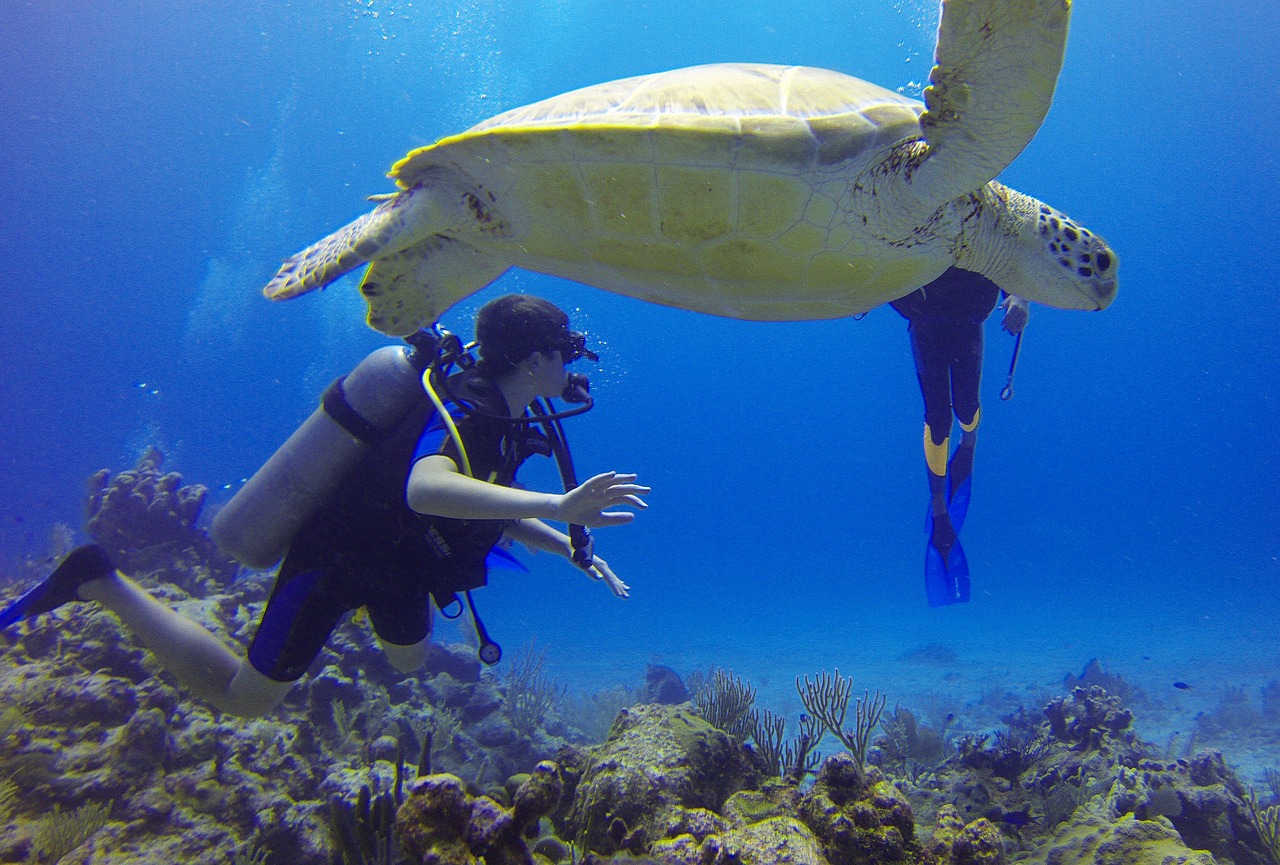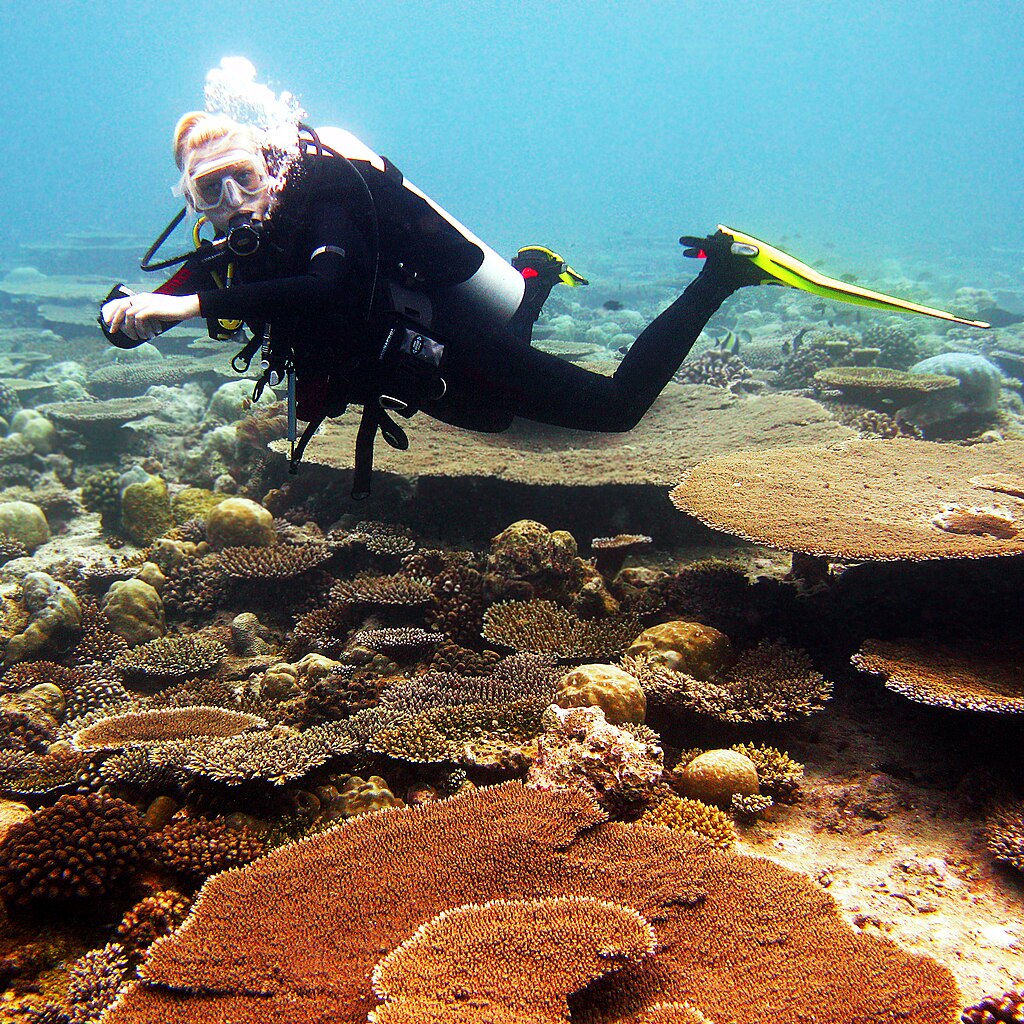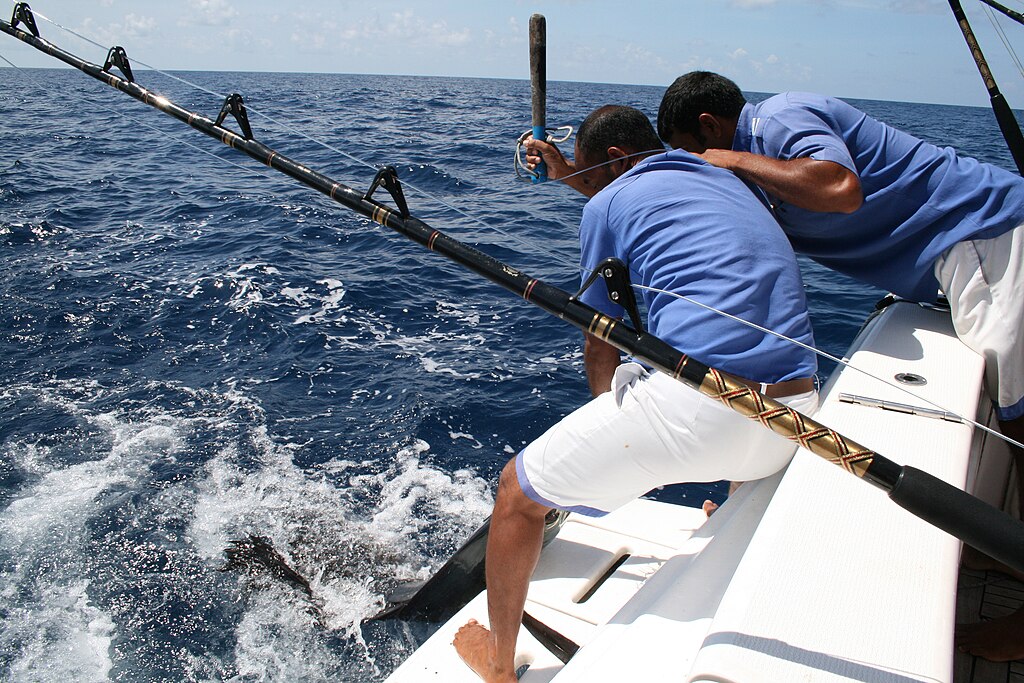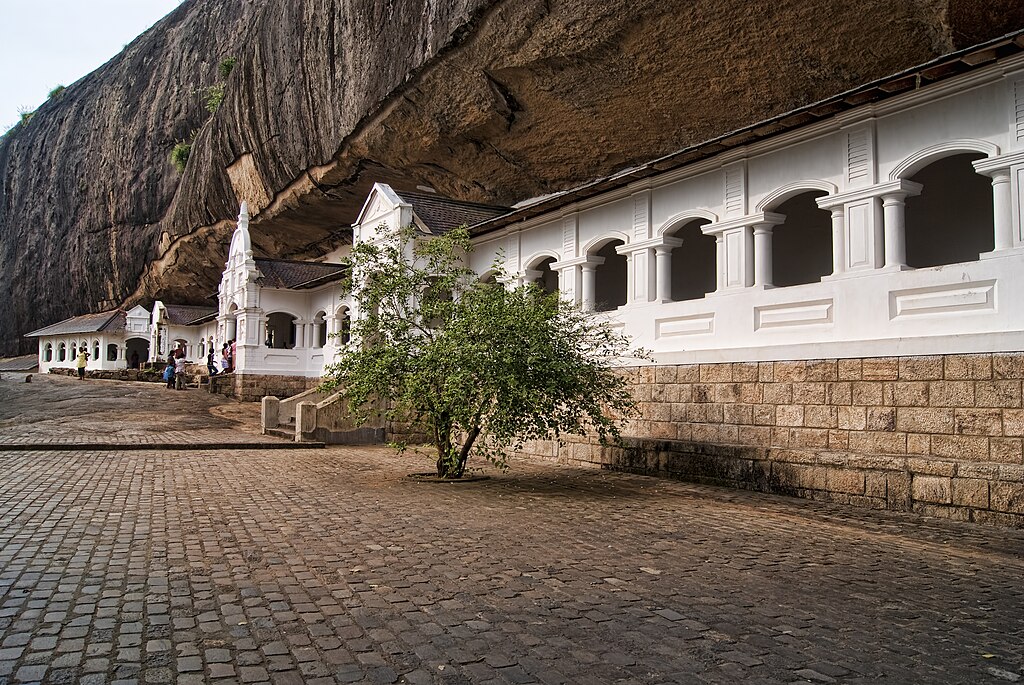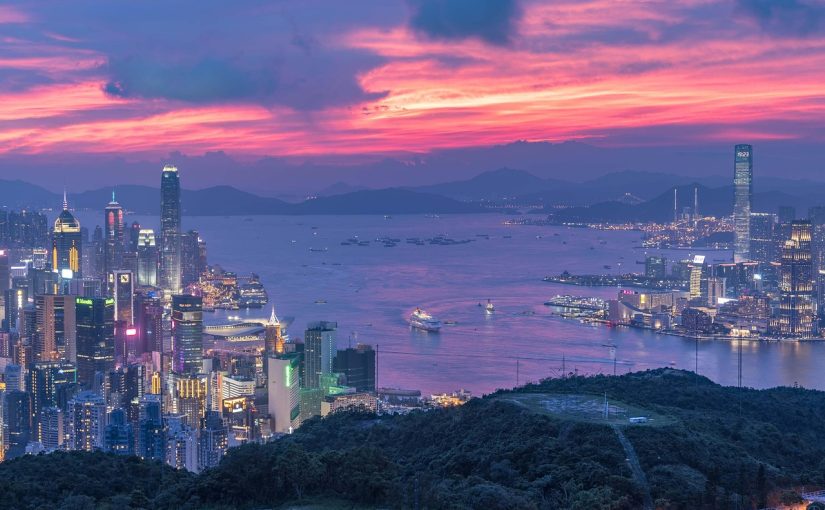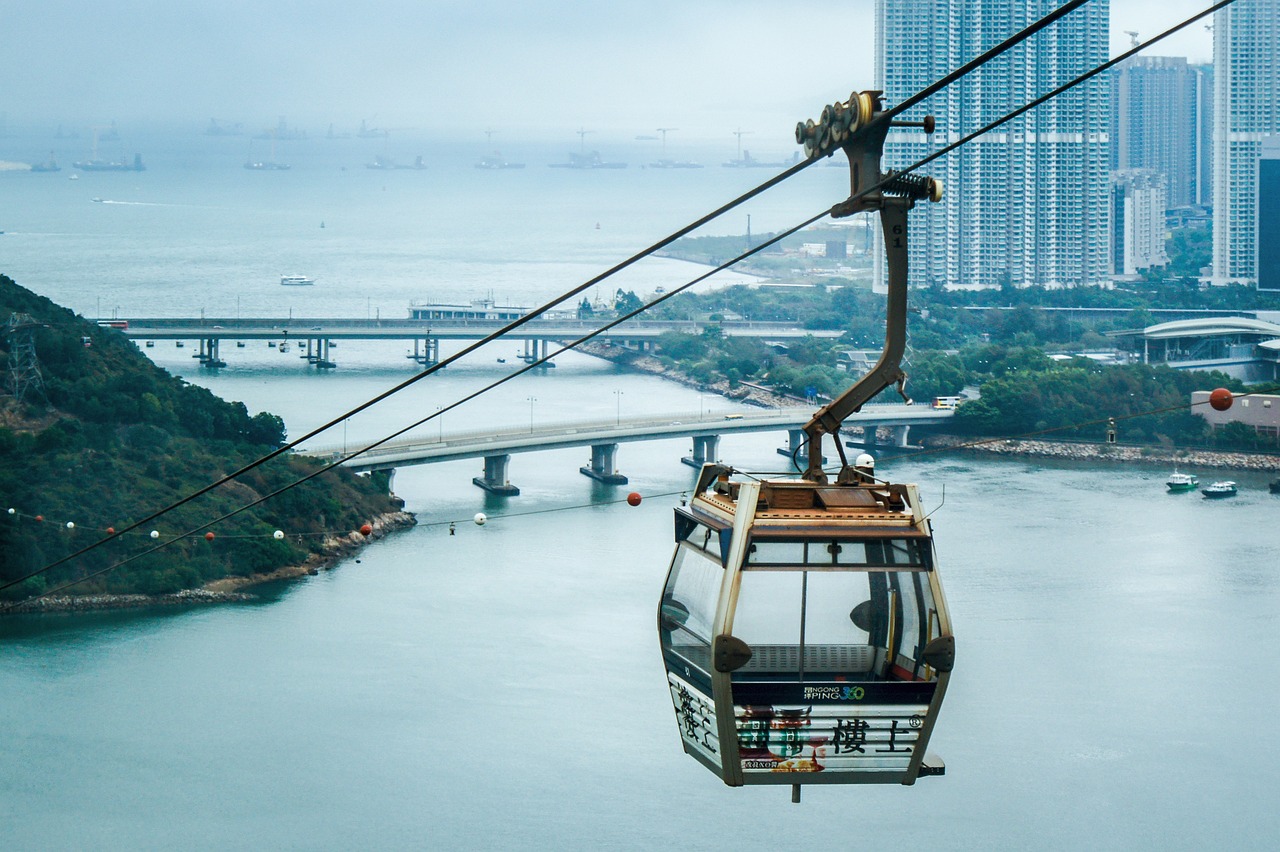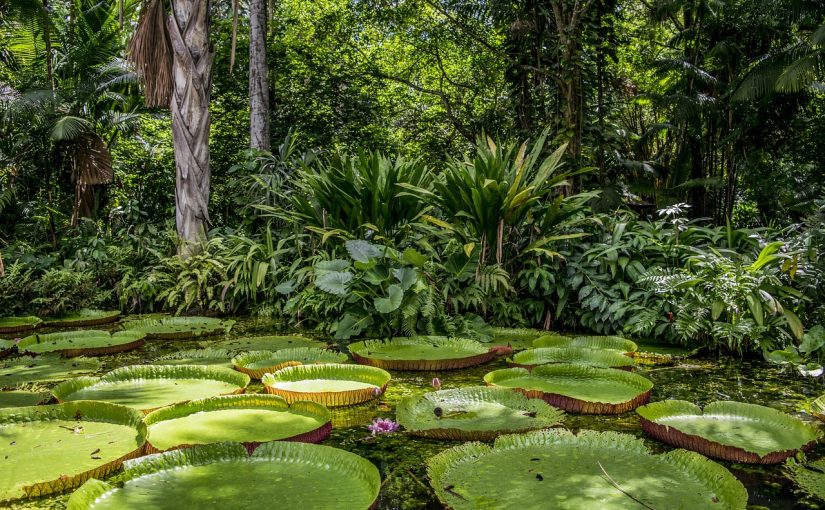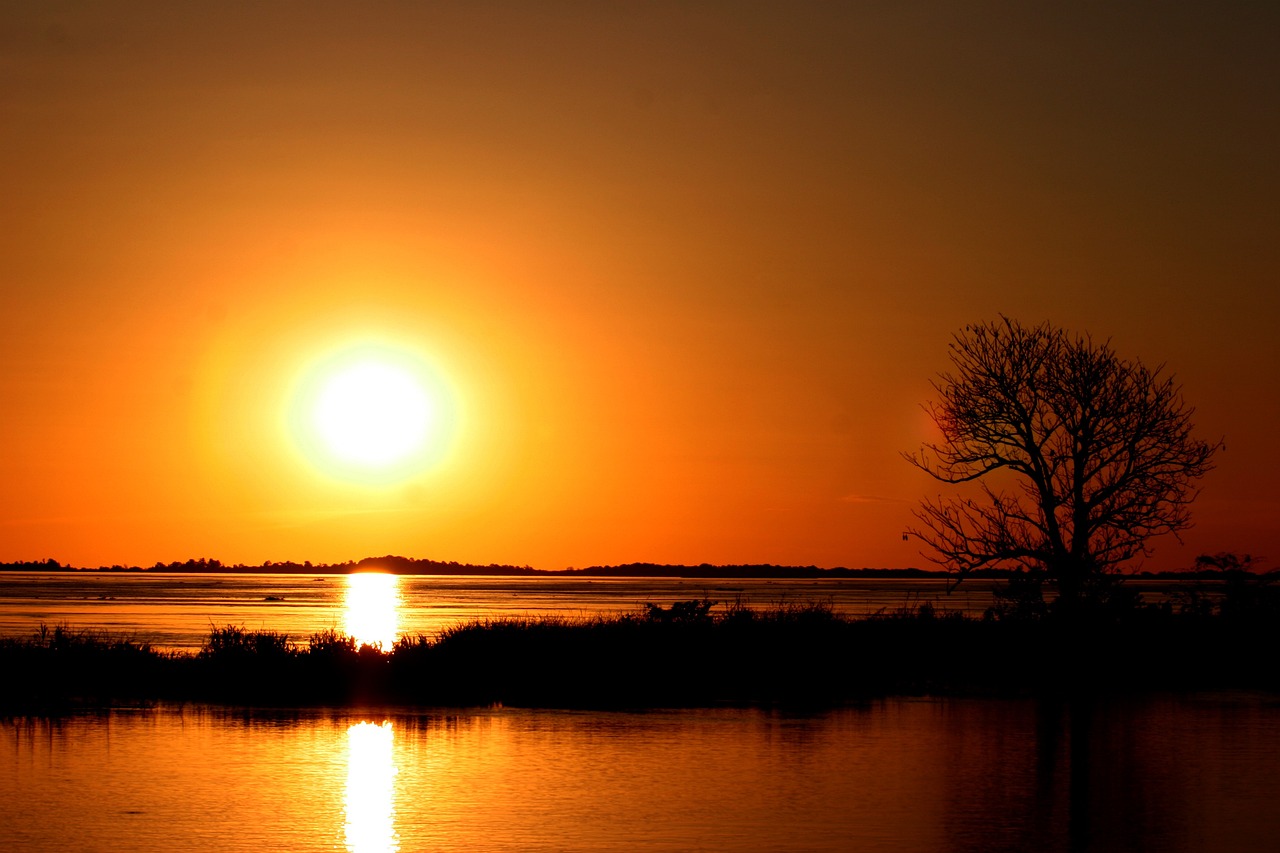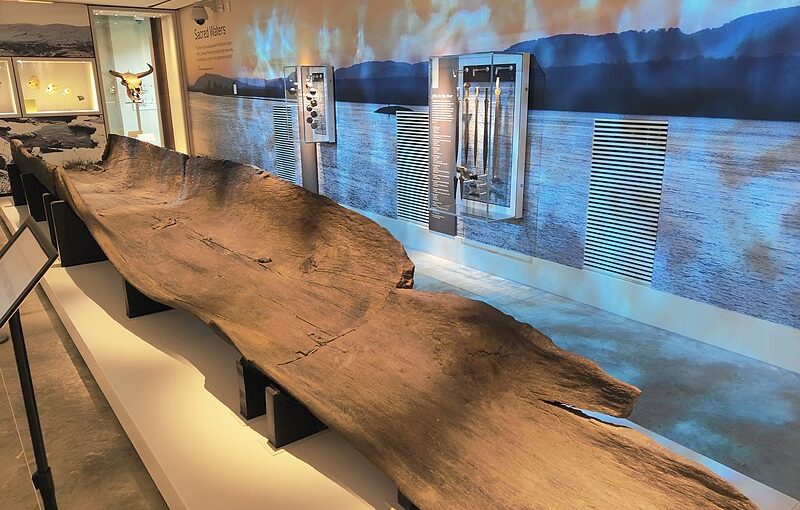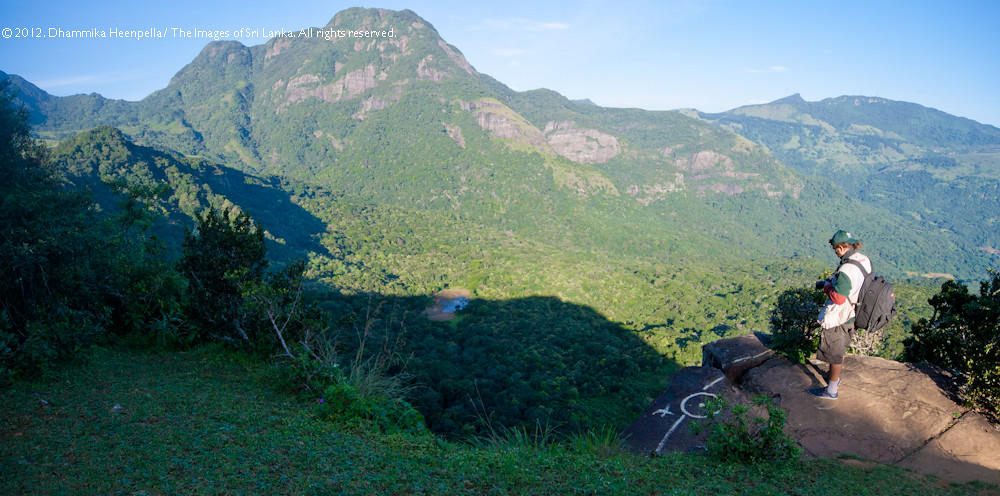As the sun sets over Dubai the skies above it turn into a dazzling blanket of stars, a sight so spectacular it seems like you looking right into heaven. Here are some of the best stargazing locales in and around Dubai, from where you can witness this phenomenal show of glittering light after dark.
Al Thuraya Astronomy Center
Located just a half-hour drive from the city, this Astrology Centre has everything you need to get a closer look at the dazzling night sky. It features a planetarium, an observatory and an astro-cinema, allowing you to learn more about the starry world beyond your reach.
Al Qudra Lakes
This is one of the most popular spots in Dubai among stargazers located about an hour from hotels like Paramount Hotel Midtown. On a clear night, the lakes become ethereal mirrors, reflecting the celestial display above, creating a double dose of starry magic for anyone who visits.
Dubai Desert Conservation Reserve
This reserve isn’t just known for its daytime adventures. The 87-square-mile stretch is a prime spot for stargazing, with plenty of eco-friendly tours, night safaris and other immersive experiences that elevate your viewing of the starry skies near the best hotels in downtown, Dubai.
Hatta in the Hajar Mountains
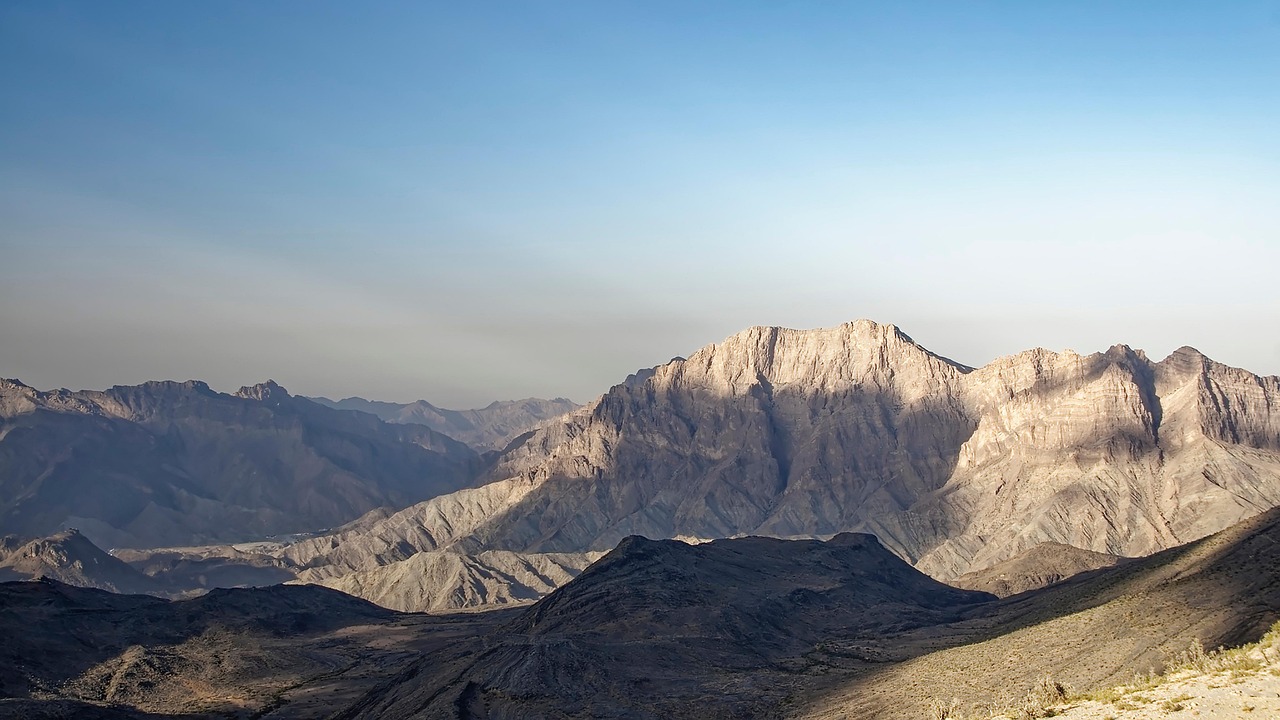
The town of Hatta makes for another great stargazing locale due to its remoteness which only adds to the experience. If you’re up for an adventure you can head to the Hatta Dam and camp the night there, where you can fall asleep to the dazzling array of lights in the sky.


